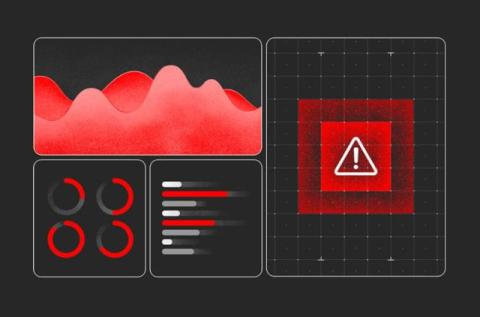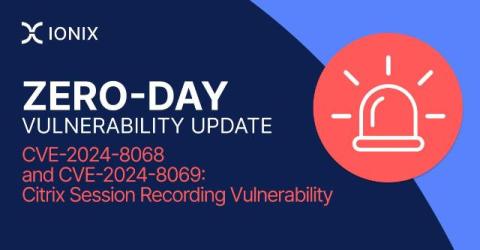Lessons from a Honeypot with US Citizens' Data
Prior to last week’s US Presidential Election, the Trustwave SpiderLabs team was hard at work investigating potential risks and threats to the election system, from disinformation campaigns to nation-state actors looking to exploit vulnerabilities. No information that may have potentially affected the election process was discovered at any time during the research. If it had, Trustwave SpiderLabs would have immediately disclosed its findings to the proper authorities.










